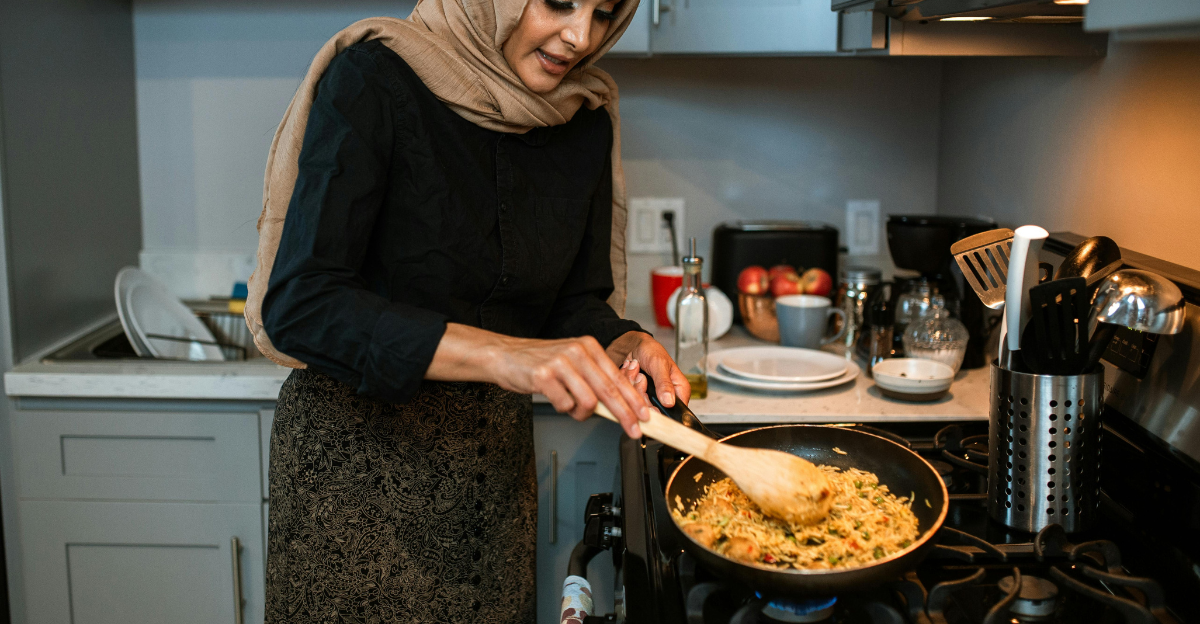
There’s something weird happening out there. Your favorite burger joint is suddenly closed on Tuesdays. That noodle spot down the street now wants thirty bucks for a plate of lo mein. And somehow, your fridge is stocked more than usual. It’s not just you. More people are skipping nights out and heading back to the kitchen, whether it’s to save a few bucks or just avoid the chaos. Restaurants are feeling it. Hard.
Everyone’s asking the same thing. “Is eating out still a treat or a hassle?” Well, with prices so high and fewer workers around. That’s a fair question. So yeah, you might be cooking more soon.
Economic Pressures Driving Change
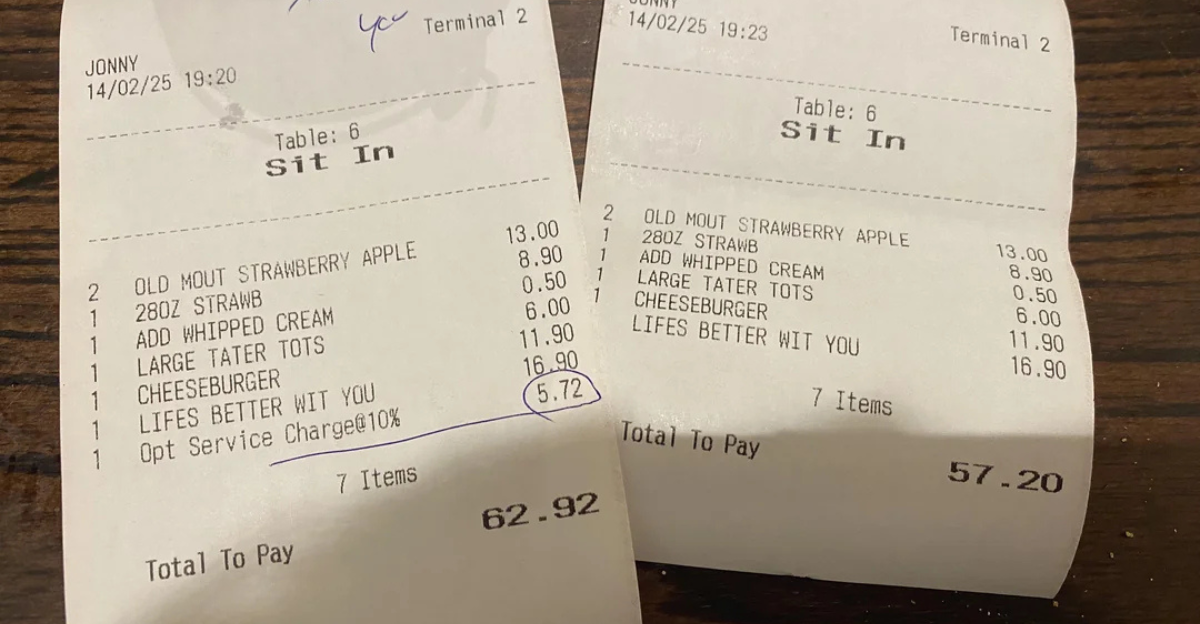
Look, nobody likes budgeting their burrito cravings, but here we are. Prices are climbing like they’ve got somewhere to be. Moreover, inflation hasn’t cooled off as much as we hoped (and they aren’t likely to anytime soon), and restaurants are getting slammed on all sides with rent, ingredients, wages, you name it.
And guess who picks up the slack? Yep, you. The customer. That ten-dollar burger from last year is now flirting with seventeen, and the fries don’t even hit the same. So people are starting to rethink the whole thing. Maybe eating at home isn’t such a bad deal after all.
Labor Shortages and Staffing Challenges
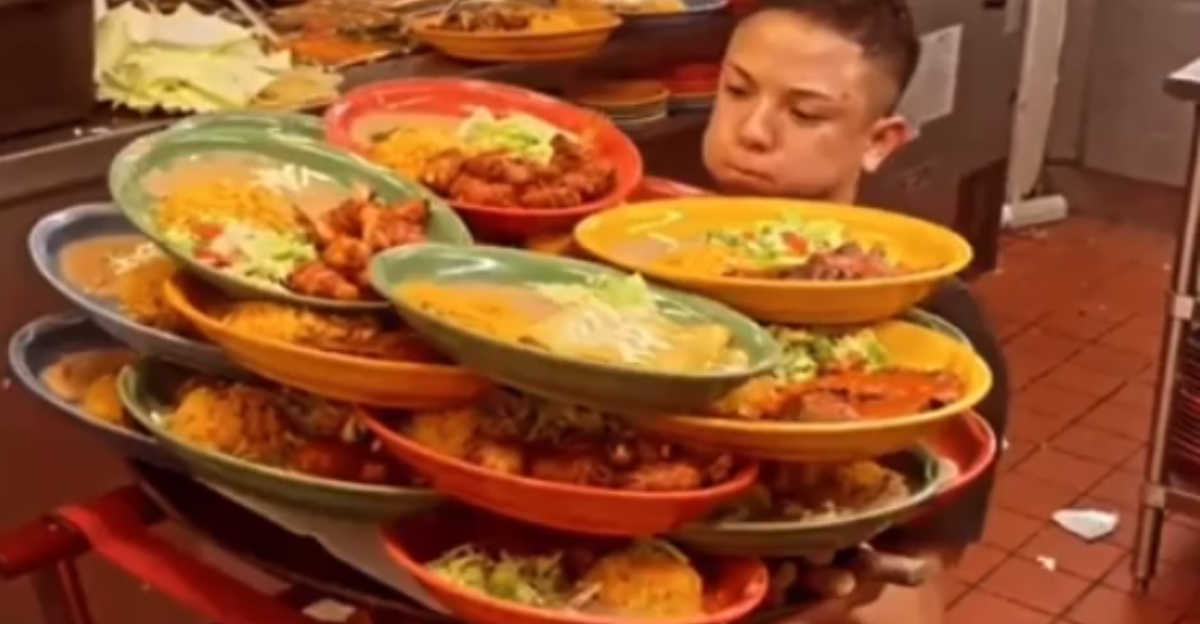
Ever waited twenty minutes just to get a menu? That’s what’s going on lately. Restaurants can’t find enough people to work, and the ones who do show up are running on fumes. The “Great Stay” is real. People aren’t quitting like they used to, but they’re also not lining up to wait tables either. That means slower service, smaller menus, and way more “Sorry, we’re out of that” moments. So, instead of spending all of that time waiting, people realized, “Hey, I can cook at home!”
Changing Consumer Priorities
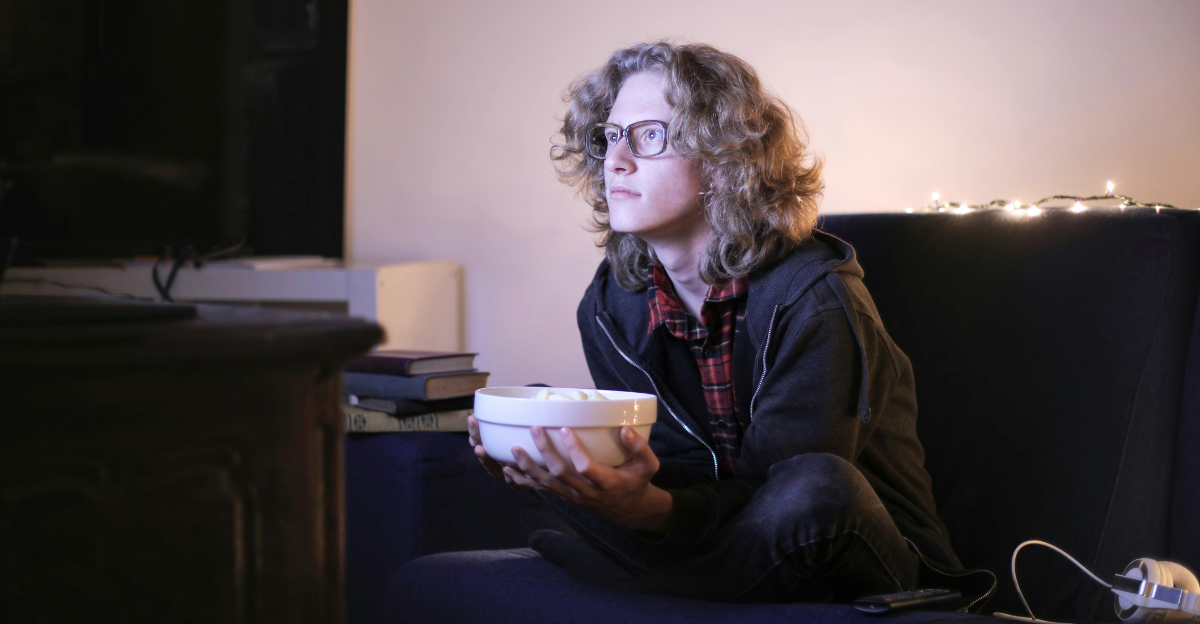
People still love restaurants, don’t get it twisted. But now they’re picky. Like, really picky. People don’t just want food alone. They want experience and value that makes it worth it. If the meal’s mid and the bill’s insane, that’s a no.
Consequently, more people are trading date nights for homemade pasta and a streaming marathon. Sometimes, it even feels like killing two birds with one stone! Moreover, you know what you’re eating, you know what you’re spending, and you don’t have to tip someone who ghosted your table for forty-five minutes. Priorities are shifting, and dinner at home is winning more often.
The Impact of Rising Food Costs on Restaurants and Consumers

Steak night used to be a splurge. Now it feels like a full-on financial decision. Prices for basics like beef, onions, and even lettuce are creeping up, and restaurants aren’t just eating those costs. They’re passing them straight to you, with a little extra for good measure. One minute you’re scanning the menu, the next you’re wondering if you really need that side of broccoli. It’s brutal on both ends. Restaurants don’t want to raise prices (we think), but they kinda have to.
So, for even those consumers who don’t want to stop dining out, it’s kinda a hard decision because their wallets are protesting against it.
Technology and Innovation in the Restaurant Industry
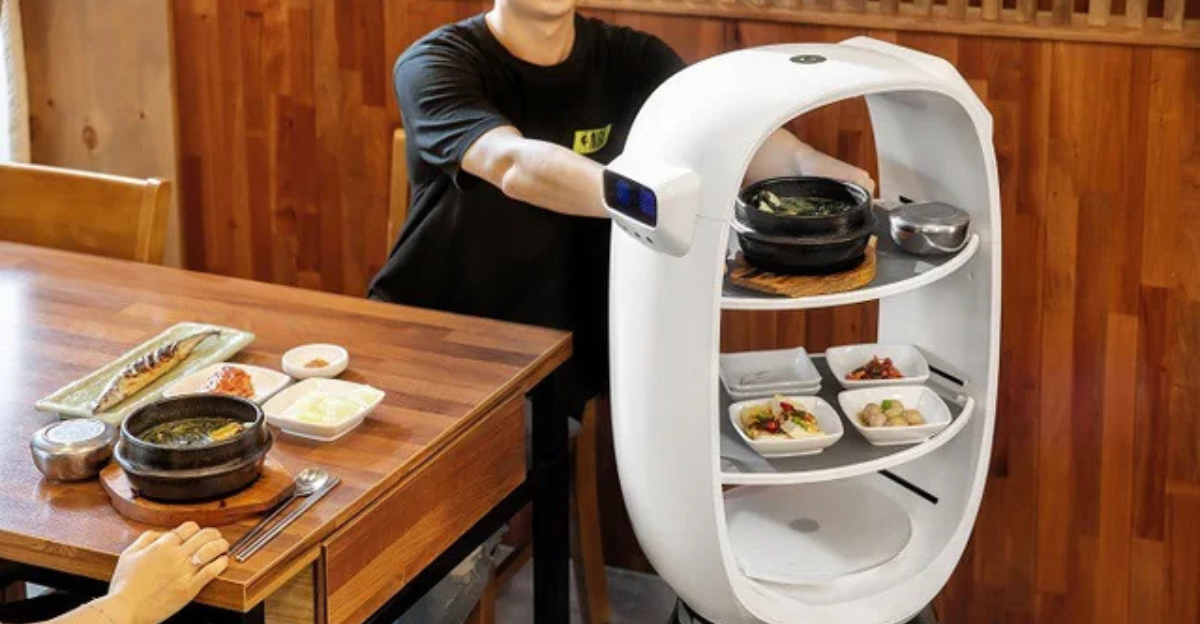
So restaurants are trying. Really trying. You’ve probably seen the QR code menus, the robot servers, maybe even a spot that only does takeout through an app. It’s all part of this scramble to stay afloat without enough staff or steady traffic. And yeah, some of it’s cool. But most of it feels like a band-aid on a bigger problem.
The tech is there to make things smoother and faster, but not always necessarily better. If the food’s meh and no one checks in on your table, does it really matter that you ordered from a sleek tablet? Probably not.
Shift in Dining Experiences and Preferences

Dining out used to feel like a mini-event. Not so much now. Some people are flying solo. Others want a full-on experience: local ingredients, great food, moody lighting, maybe a live jazz guy in the corner. People still go out, but they’re way more intentional about where and why. If it’s not giving something extra, they’ll pass. And yeah, local spots with a personal touch are getting more love than big chains trying to fake personality. It’s not that people don’t want to eat out. They just want it to feel worth it.
The Rise of Home Cooking and Meal Planning
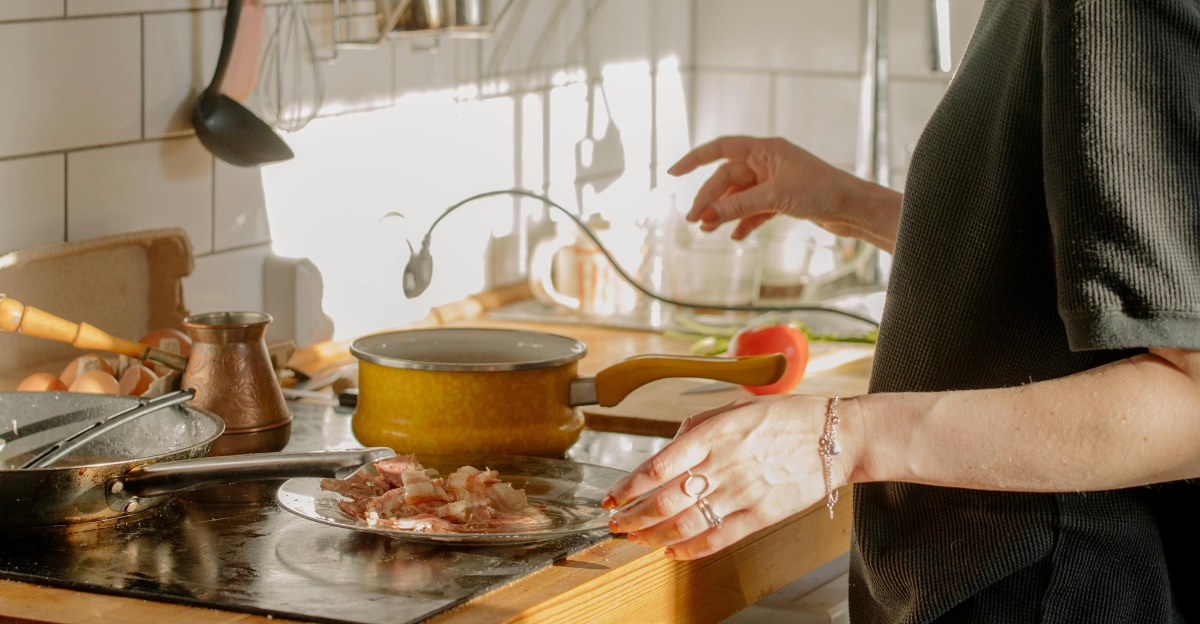
Turns out, the kitchen isn’t just for storing takeout boxes anymore. More people are actually using it, like with groceries and everything. Home cooking is making a comeback, and not just for the Instagram pics. Meal kits, bulk buying, leftovers and rediscovering that secret recipe are suddenly looking like smart choices. It’s cheaper, sure, but it’s also kind of empowering.
You know what’s going into your food, plus there’s no mystery sauce you didn’t ask for. Some of this feels very 2020 all over again, but this time it’s not people are panicking or have no choice. They actually chose this.
The Future of 24/7 and Late-Night Dining
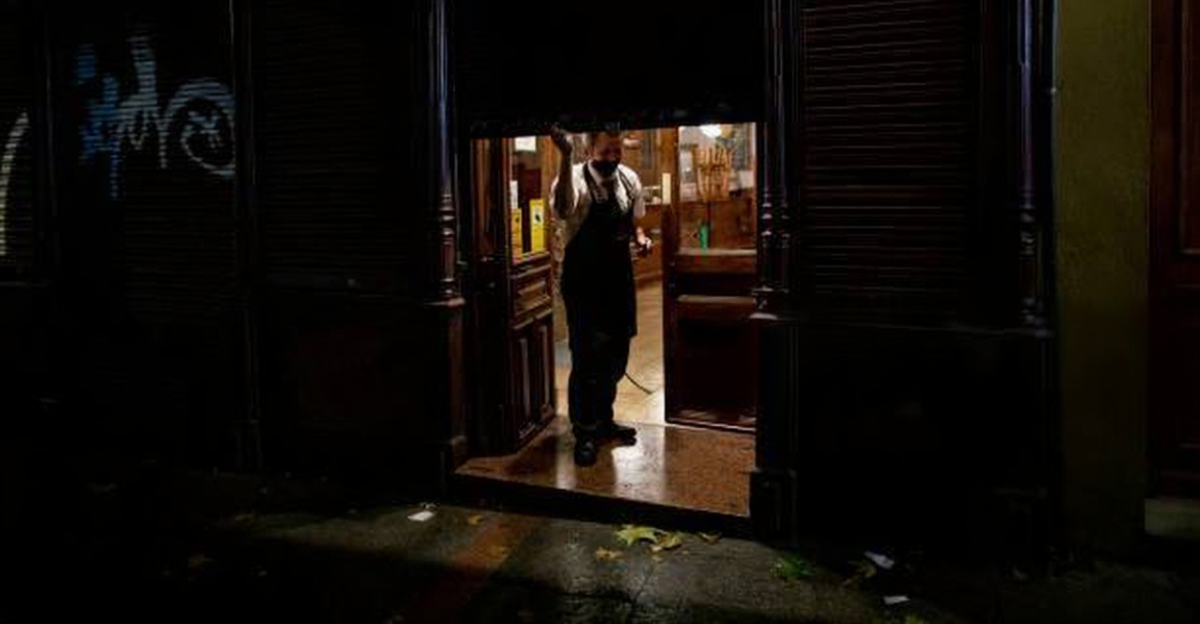
Remember those 3 a.m. diner runs? Well, they’re gone now. Or at least disappearing fast.
A lot of those always-open spots have scaled way back, others have shut down entirely, and others are closing early because they just can’t staff the graveyard shift. And demand’s not what it used to be.
People aren’t out as late, and when they are, they’re more likely to raid the fridge than hunt down an open kitchen. The late-night food scene is shrinking, and honestly, it’s kind of sad. But also kind of practical. If you’re hungry at midnight now, it’s you, your stove, and maybe a half-decent frozen pizza.
Industry Outlook and Adaptation Strategies
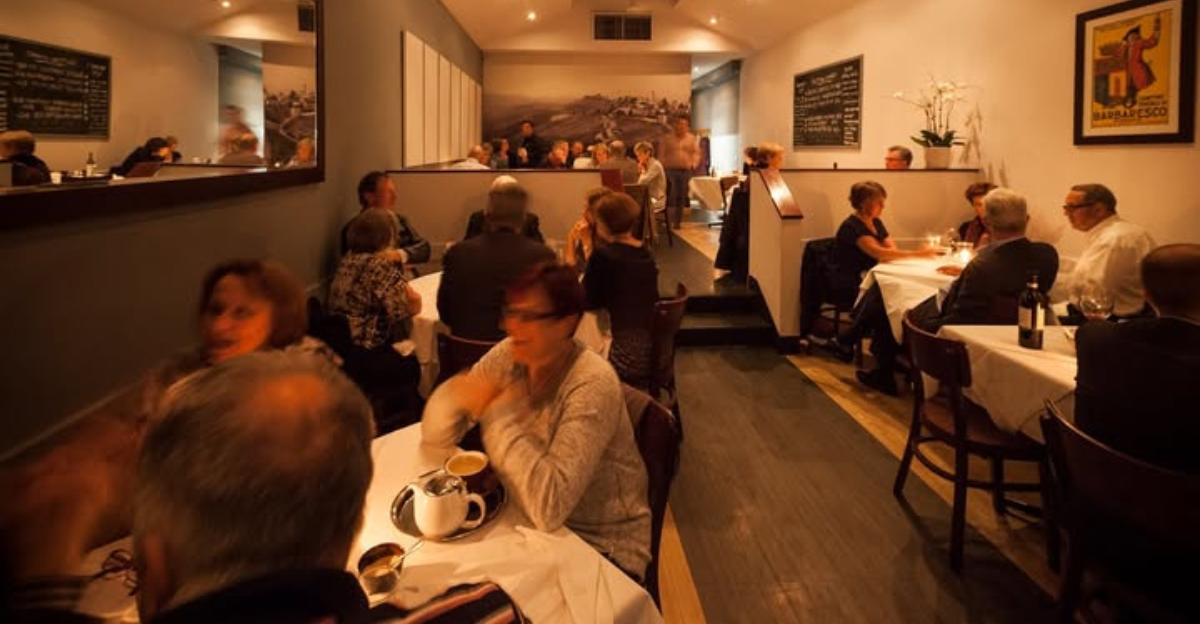
Restaurants aren’t just sitting around hoping things get better. They’re throwing deals at you; BOGO appetizers, happy hour everything, limited-time menus that practically beg for attention…and much more. Some are revamping spaces to feel more like an experience than a meal. Others are doubling down on loyalty programs and slick marketing just to stay in the game. But even with all that, it’s tough. The crowd isn’t guaranteed anymore. Every visit is earned. They’re adapting, but they are doing so with bated breath. Why? Because if diners keep drifting home, all the clever promos in the world won’t be enough.
Conclusion
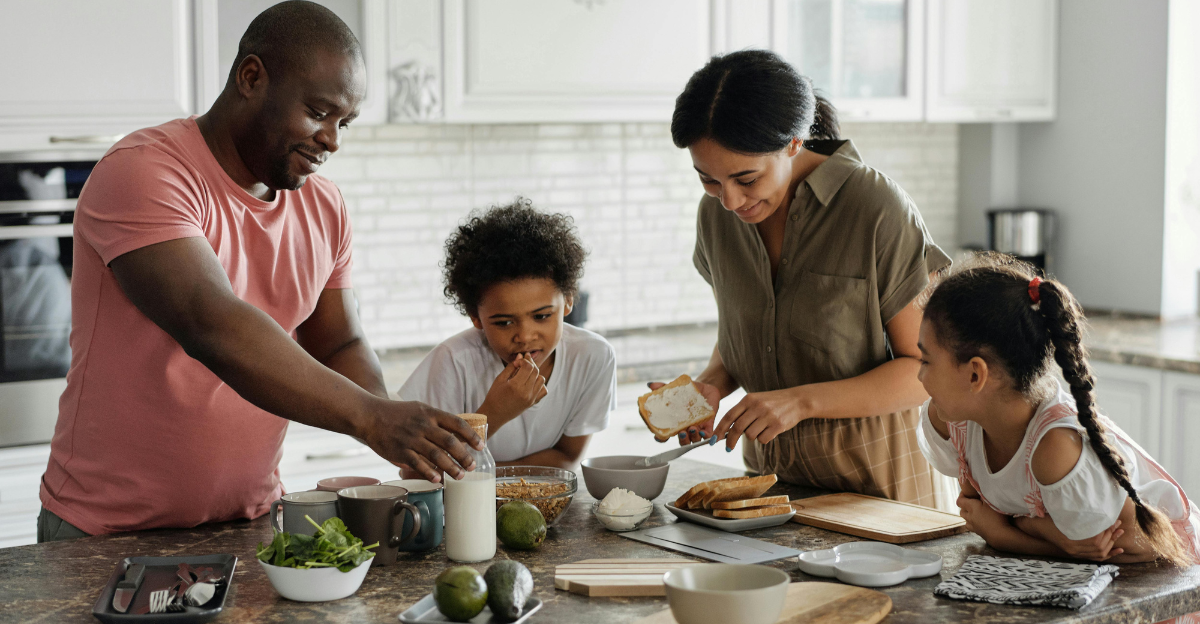
So here we are. Takeout bags replaced with grocery lists. Fancy menus swapped for TikTok recipes. It’s beginning to feel more than just a trend. The economy’s tight, restaurants are stretched thin, and consumers are just…well, over it.
Eating out still has its place, sure, but it’s not the default anymore. More people are finding peace in their own kitchens, saving a little cash, dodging the chaos, and maybe even enjoying the process. The restaurant world isn’t dying, but it’s definitely being forced to evolve. Whether it keeps up or not? That’s up to the people who’ve learned to cook again.
